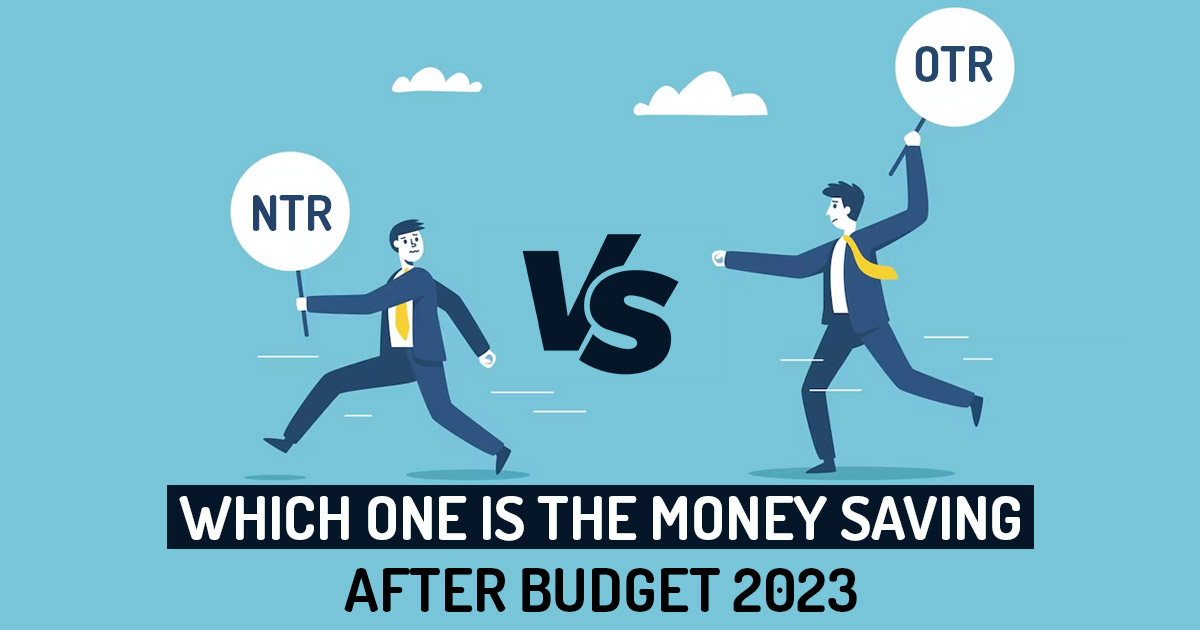
The finance minister went above and above to entice taxpayers to join the concessional tax scheme, collectively known as the new tax regime.
Since the new concessional tax regime’s implementation in budget 2020, only some taxpayers have switched to it. The majority of people are still using the previous tax system.
Changes Announced in Union Budget 2023-24
With multiple significant changes announced in the budget for 2023, including the introduction of a standard deduction of Rs 50,000, an increase in the basic tax exemption limit to Rs 3 lakh, adjustments to the tax rates, and a reduction in the highest surcharge rate, all under the new tax regime, the scales have undoubtedly turned in favour of this regime.
The basic income tax exemption ceiling has been increased from the present level of Rs 2.5 lakh to Rs 3 lakh under the new tax system. The existing 25% tax bracket has been eliminated, and there are now just five tax slabs instead of six. For instance, people with taxable incomes between Rs 12.5 and Rs 15 lakh rupees came into the 25% tax bracket (pre-budget new tax regime). Now, people with taxable incomes above 12 to 15 lakh rupees would be subject to a 20% tax rate. For those under the previous tax system, nothing has changed.
What’s Happening in the Old or New Tax Regime?
Currently, neither the old nor the new tax regime requires anyone with an annual income of 5 lakh rupees to pay any income tax. This is after deducting the Rs 12,500 refund provided by Section 87A of the Income Tax Act.
Rs 25000 rebate shall be applicable to those who hold an income of more than Rs 7 lakh under the new tax regime. Nirmala Sitharaman in her budget speech addresses that “Persons in the new tax regime, with income up to Rs 7 lakh will not have to pay any tax,”
Important: Know the Old & Latest Income Tax Slab Rates in Budget 2023
Another significant benefit of the new tax system is that it gives salaried individuals the benefit of the Rs 50,000 standard deduction. At present Individuals who earn a salary or pension obtain the standard deduction under the old tax regime but not under the new regime.
Which is the Highest Rate in the Old or New Tax Regime?
The highest surcharge rate, which formerly applied to those with incomes exceeding Rs 5 crore and was set at 37%, has been reduced under the new tax system to 25%, which is a significant benefit for people in higher income tax categories. The highest tax rate under the new system will drop from 42.74% to 39% as a result.
And lastly, starting with the fiscal year 2023–2024, the new income tax system will be the default one. However, if you like the old system, you may choose it. The old regime is now the taxpayer’s default option, but you may switch to the new regime by choosing it.
Before you make the switch, consider the following points. One, you will still need to continue with some of your tax investments even if you switch to the new system (and will no longer be able to take advantage of any deductions other than the standard deduction).
For instance, you cannot stop investing in the national pension system and the public provident fund since doing so might result in a fine and the freezing of your account. Two, switching to the new tax system will remove any motivation for people who lack investing discipline to maintain some of these assets and insurance policies. On the other side, those who have cash flow problems might be able to benefit from substantially lower tax rates without needing to make investments in order to reduce their taxes.